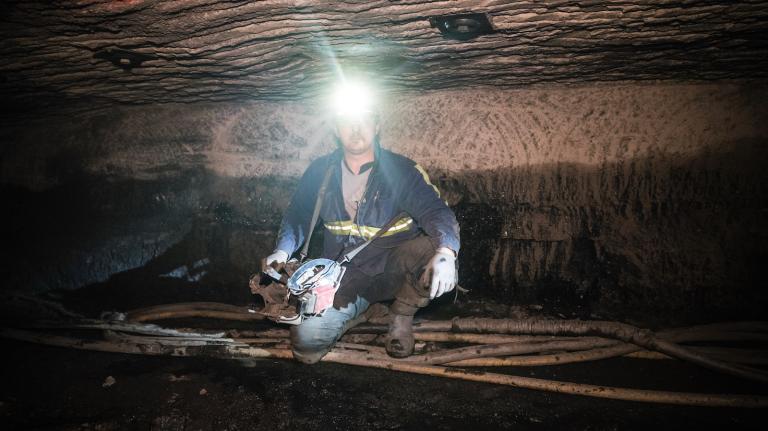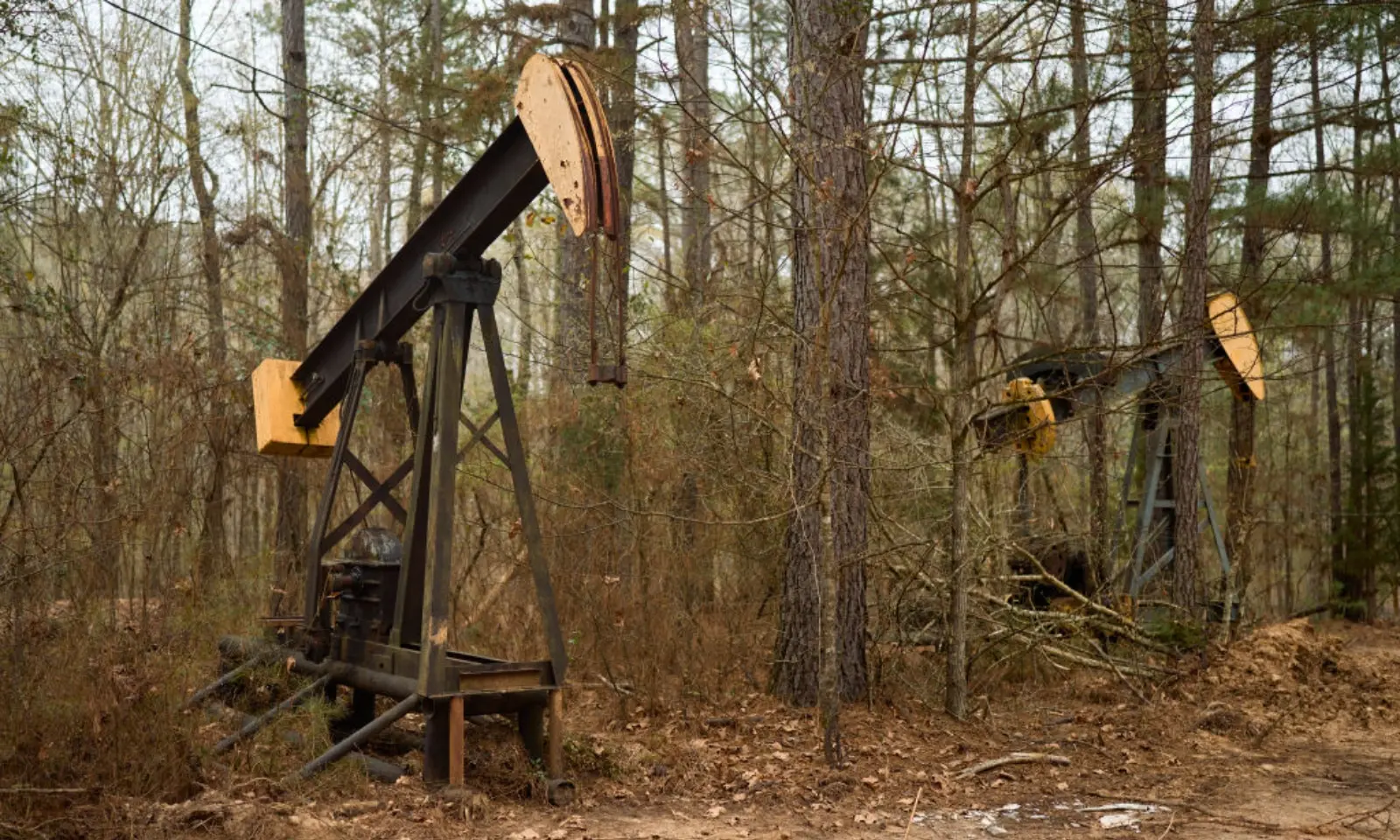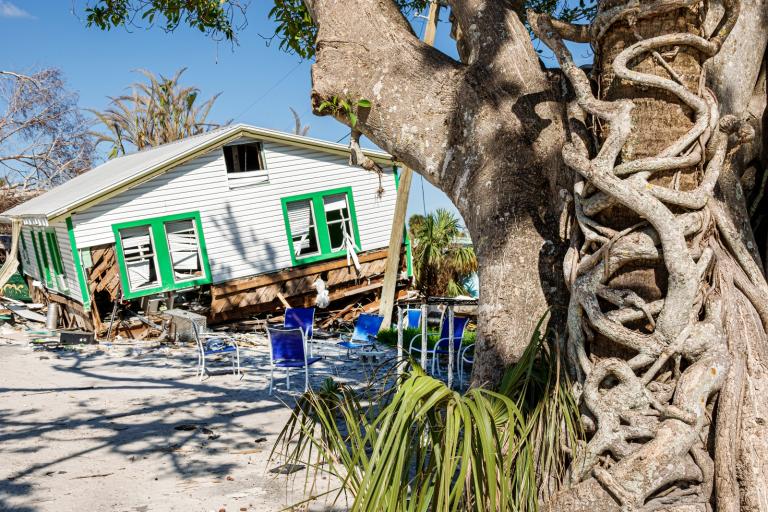Over the past century, the fossil fuel industry has made a habit of letting others clean up their messes. Today, the U.S. is dotted with millions of “orphaned wells,” crevices in the earth that companies once used to extract oil and subsequently abandoned once they were no longer considered profitable. But additional help appears to be on the way: This week, the Biden administration announced it would make nearly $660 million in funds from the 2021 bipartisan infrastructure law available to states to plug more of these polluting fissures.
“These investments are good for our climate, for the health of our communities, and for American workers,” said Secretary of the Interior Deb Haaland in a press release on Monday. “With this additional funding, states will put more people to work to clean up these toxic sites, reduce methane emissions and safeguard our environment.”
Unless they are plugged — filled with concrete and stripped of unused equipment — abandoned oil wells can seep hazardous compounds into their surroundings. A growing body of research has shown that orphaned oil wells are a major source of planet-warming emissions, since the steel and concrete walls that reinforce them are prone to cracking over time and releasing methane, a potent greenhouse gas. A 2020 Reuters investigation found that in 2018, orphaned wells emitted an estimated 280,000 tons of methane into the atmosphere, roughly the equivalent of the emissions from the total amount of oil that the U.S. uses on a typical day.
Legally, companies are required to plug their wells after they finish extracting fuel, but regulators have long struggled with enforcement. Part of the challenge is financial: It costs an average of $20,000 to seal a single well, and many companies file for bankruptcy before following through. As a result, experts estimate that there are 2 to 3 million abandoned oil wells across the country, with the majority concentrated in oil-and-gas producing states such as Texas and Pennsylvania.
The Department of the Interior said that the new funding is part of its goal to advance environmental justice, a term that refers to the disproportionate pollution borne by low-income people and communities of color across the country. Numerous studies have demonstrated that past practices like redlining — in which financial services such as loans and insurance were systematically denied to people in certain neighborhoods of color — have concentrated oil and gas wells in majority Black and Hispanic neighborhoods in places like Los Angeles.
The hazards of living near abandoned wells go beyond their contribution to climate change. Orphaned wells are a public health threat since they can emit dangerous chemicals like benzene and toluene, which have been linked to conditions such as blood cancer and liver disease. In rare cases, they can leak methane into nearby buildings, allowing the gas to build up to dangerous levels.
This week’s announcement marks the second major round of funds from the bipartisan infrastructure law to plug orphaned wells. States used the first set of funds, which was announced last August, to plug approximately 3,000 wells. Officials have until the end of the year to apply for this new round of grants, which range from $1 million to $80 million, depending on the number of wells in the state.
“At the end of the day, it’s a lot of money, but it’s nowhere near enough,” Josh Axelrod, a senior policy advocate at the Natural Resources Defense Council, told Grist. “The big question is whether the federal government should really be in the business of cleaning this up since technically, the industry was supposed to be on the hook for these wells over the years.”



